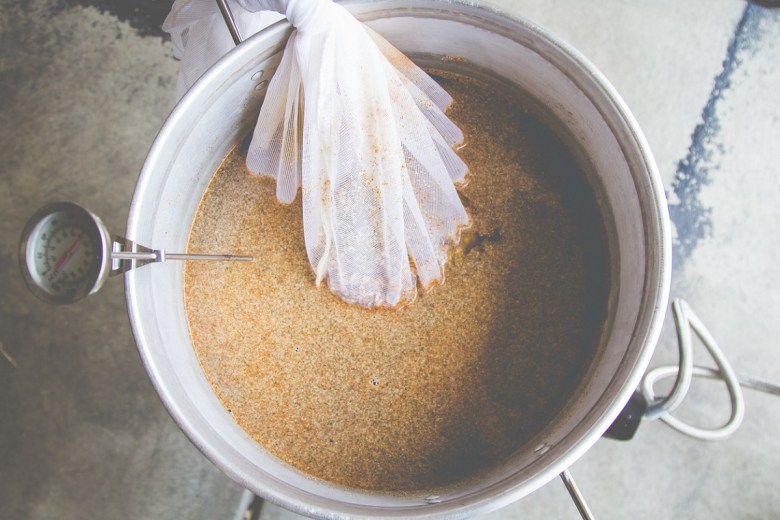 The two-stage competition will allow finalist homebrewers to collaborate with commercial breweries on their competition brew.
The two-stage competition will allow finalist homebrewers to collaborate with commercial breweries on their competition brew.  The two-stage competition will allow finalist homebrewers to collaborate with commercial breweries on their competition brew.
The two-stage competition will allow finalist homebrewers to collaborate with commercial breweries on their competition brew. 
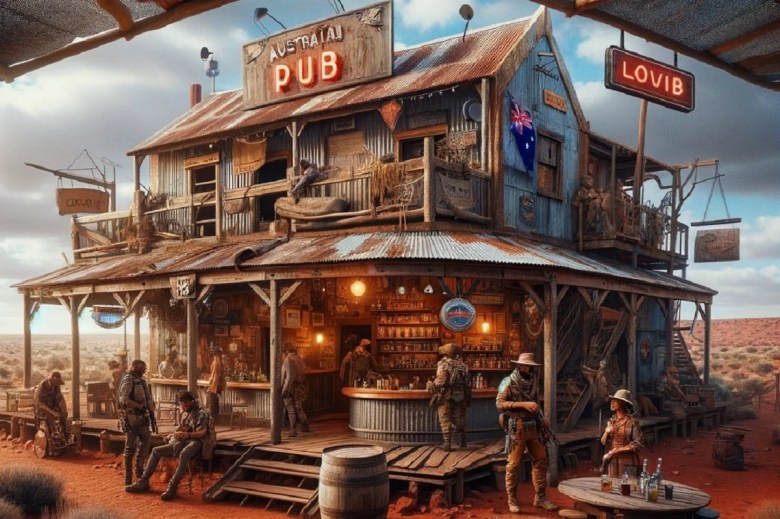 A New Normal is an exhibition taking place at Vivid Sydney, which will actualise solutions for a self-sufficient Sydney, including a beer from Heaps Normal.
A New Normal is an exhibition taking place at Vivid Sydney, which will actualise solutions for a self-sufficient Sydney, including a beer from Heaps Normal. 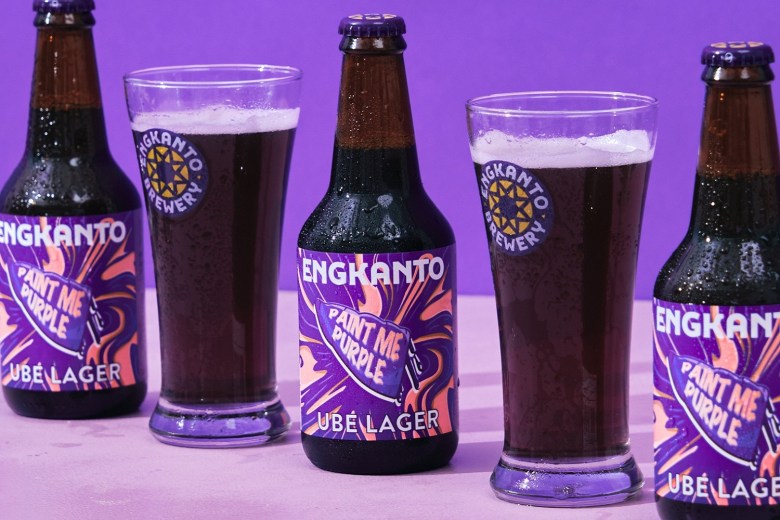 Engkanto craft beers that are made from 100 per cent all-natural, raw materials including locally sourced, native ingredients to The Philippines.
Engkanto craft beers that are made from 100 per cent all-natural, raw materials including locally sourced, native ingredients to The Philippines. 
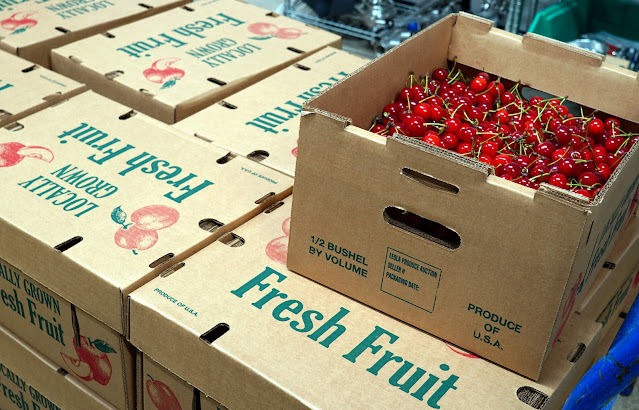
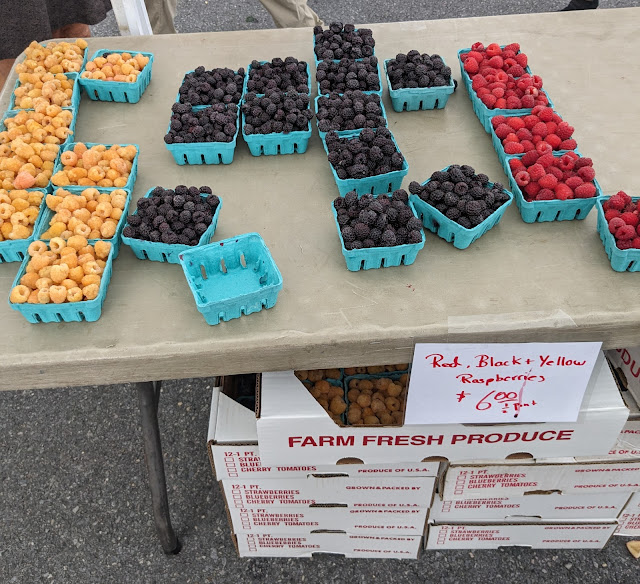
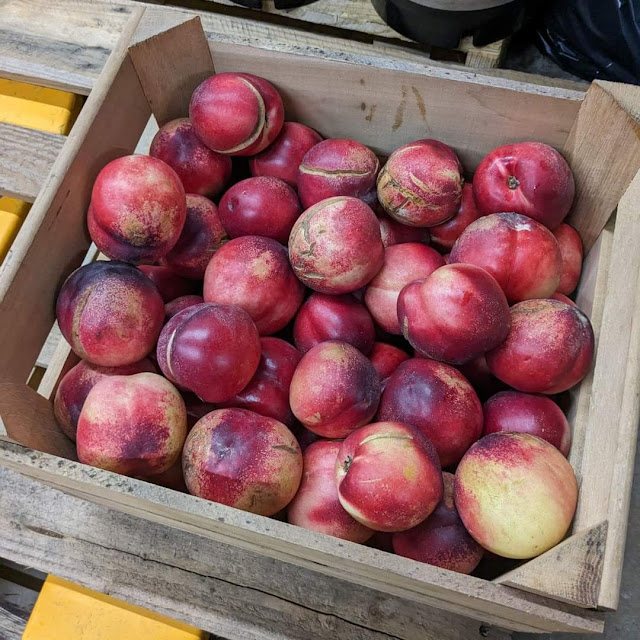
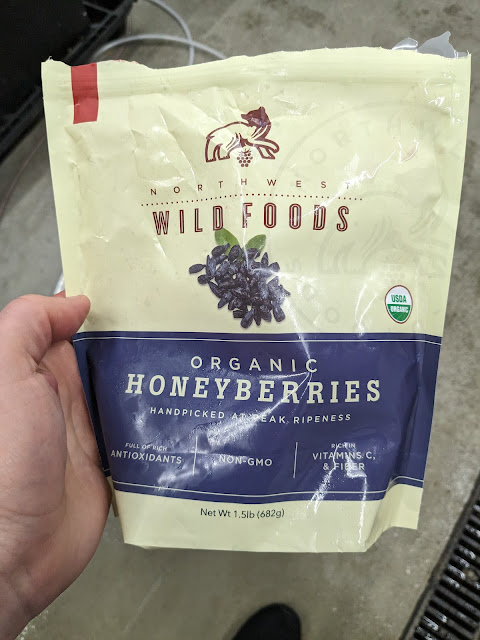
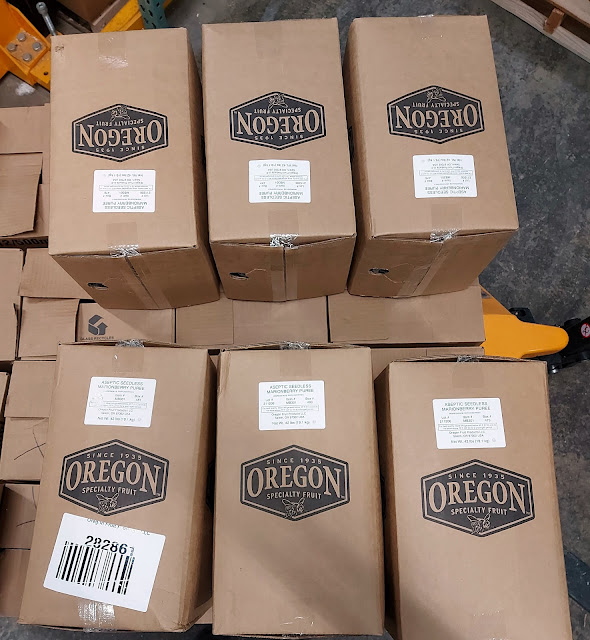

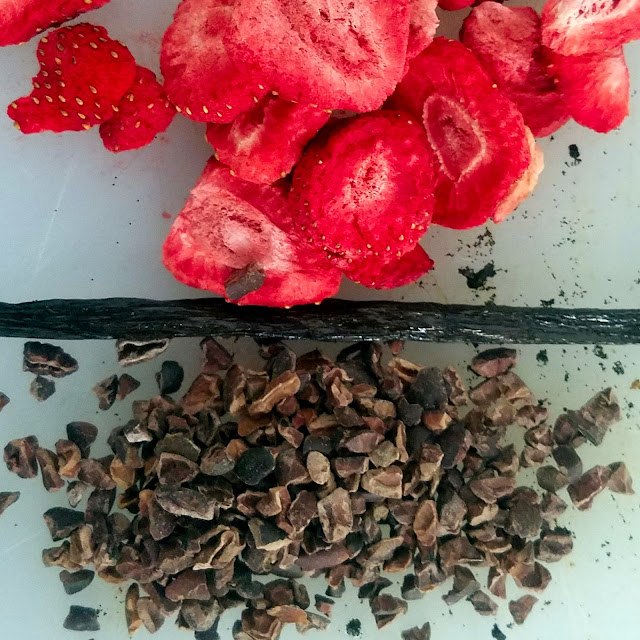

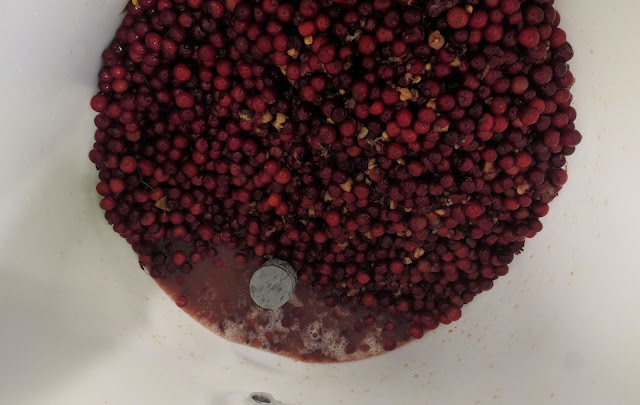


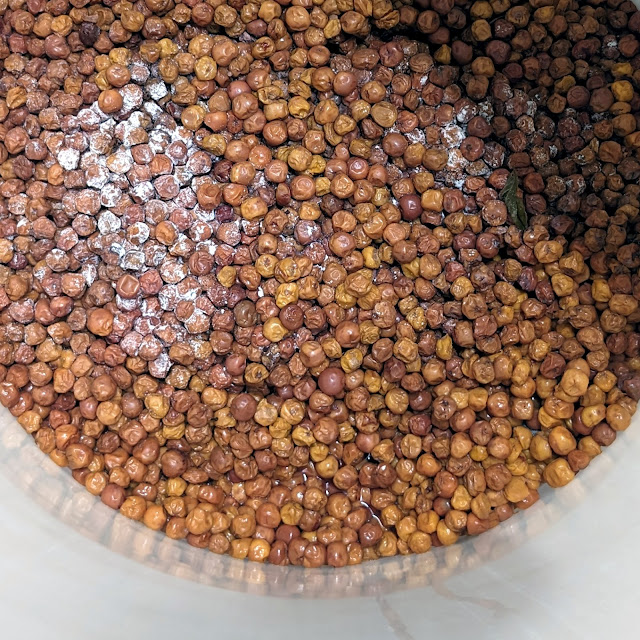
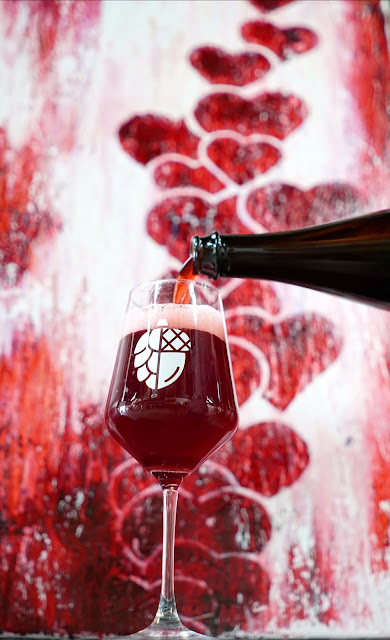
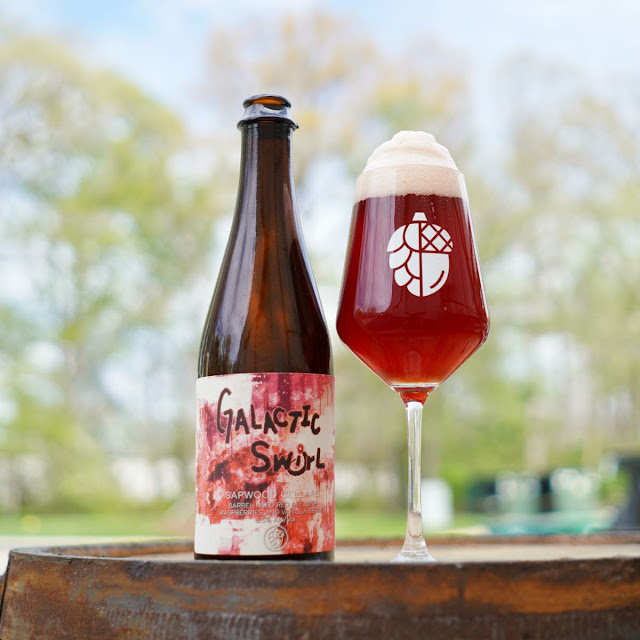
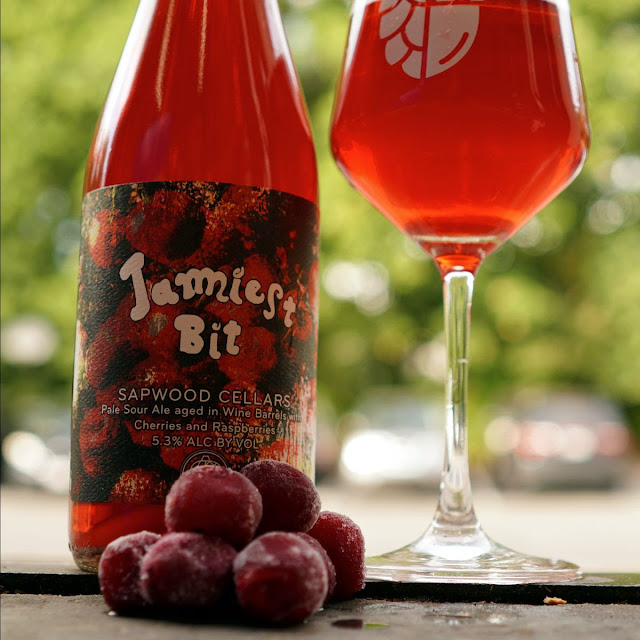
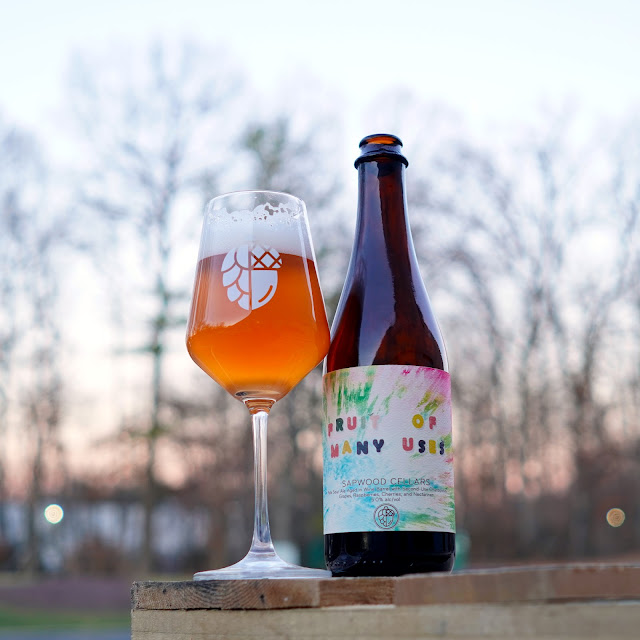
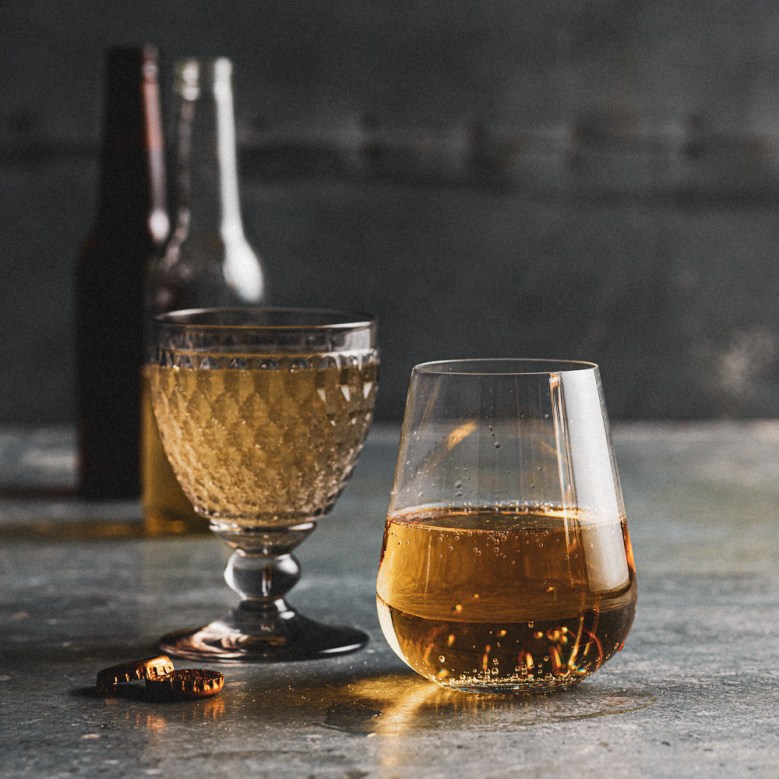 In a landmark change for the Sydney Royal Beer & Cider Show, the Royal Agricultural Society of NSW has unveiled a revamped award structure for 2024, featuring nine new major trophies and prizes.
In a landmark change for the Sydney Royal Beer & Cider Show, the Royal Agricultural Society of NSW has unveiled a revamped award structure for 2024, featuring nine new major trophies and prizes. 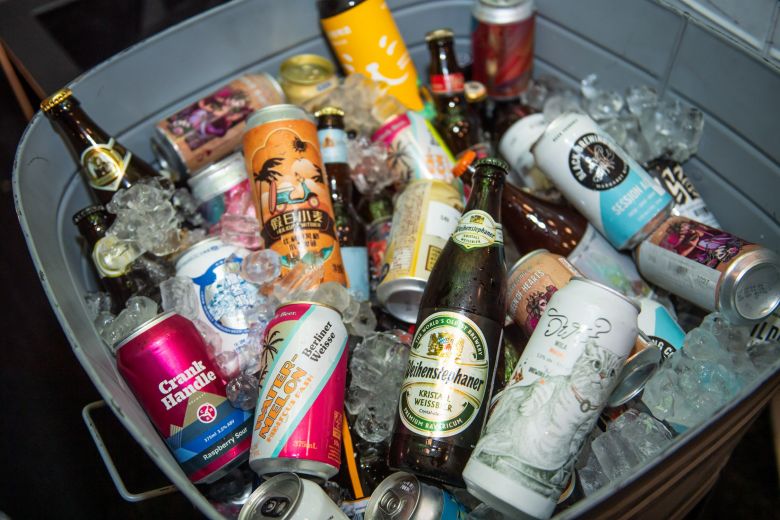 The awards were dominated by Australian breweries Stone & Wood and Brick Lane Brewing, as well as New Zealand’s Garage Project.
The awards were dominated by Australian breweries Stone & Wood and Brick Lane Brewing, as well as New Zealand’s Garage Project.  A group of previous investors and passionate supporters have banded together to buy the Gold Coast brewery.
A group of previous investors and passionate supporters have banded together to buy the Gold Coast brewery.  To the delight of many, Chuck Hahn has come out of retirement to start a brewery with his son, Scott.
To the delight of many, Chuck Hahn has come out of retirement to start a brewery with his son, Scott. 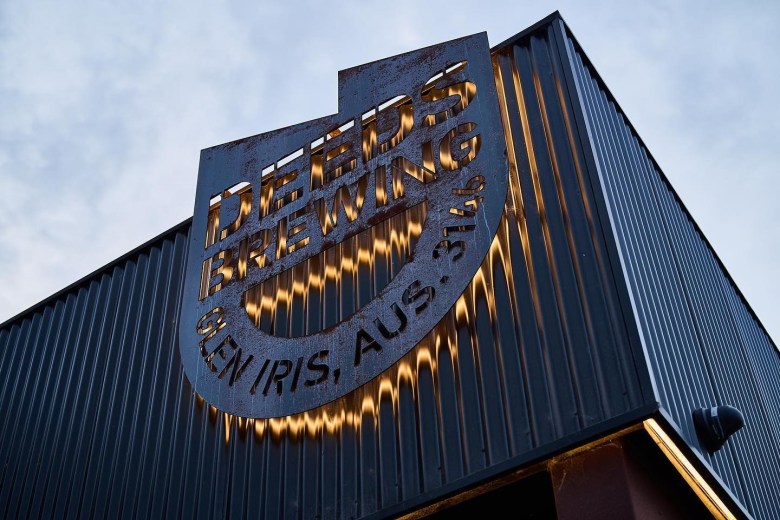 The Victorian brewery is closing its doors after eight weeks of administration, ending the brewery’s 12 year history.
The Victorian brewery is closing its doors after eight weeks of administration, ending the brewery’s 12 year history. 

 Marcus Englet, VP of the “world’s oldest brewery” will give the keynote speech at this year’s gala dinner.
Marcus Englet, VP of the “world’s oldest brewery” will give the keynote speech at this year’s gala dinner. 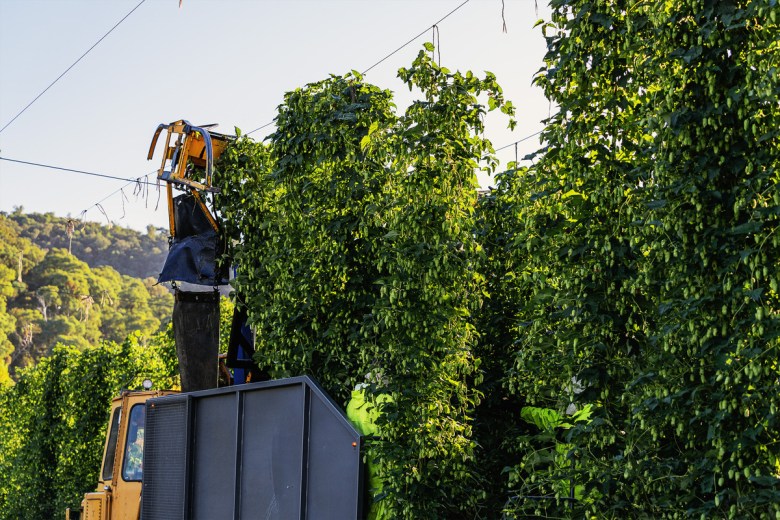 Weather conditions led to reduced hop yields across the board, but high alpha and oil levels indicate a promising crop.
Weather conditions led to reduced hop yields across the board, but high alpha and oil levels indicate a promising crop. 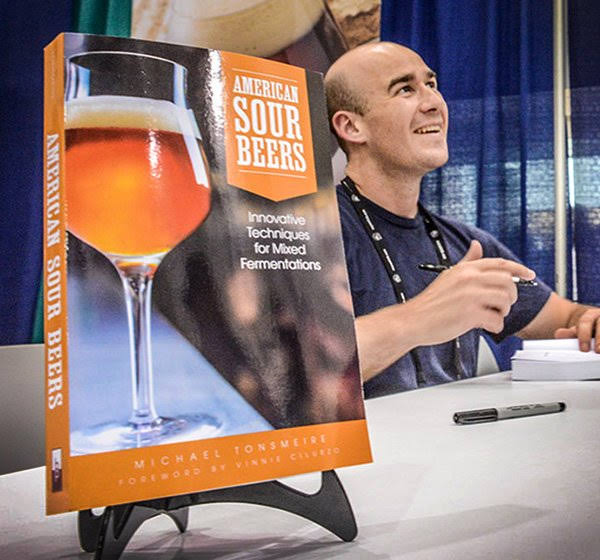
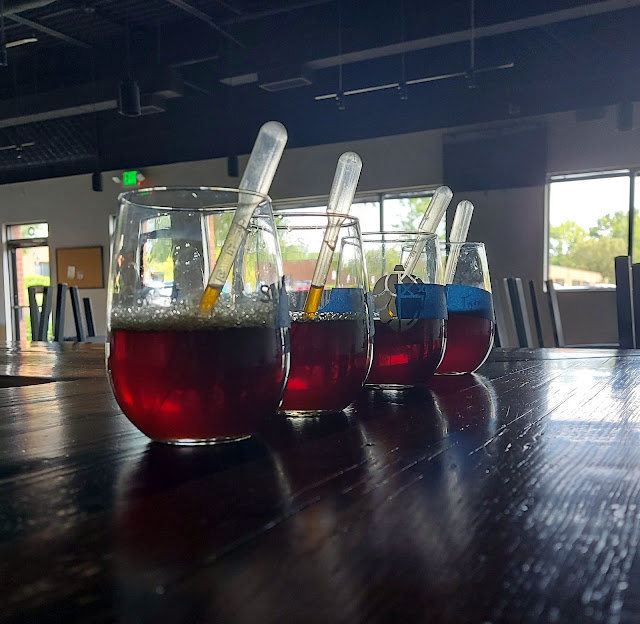
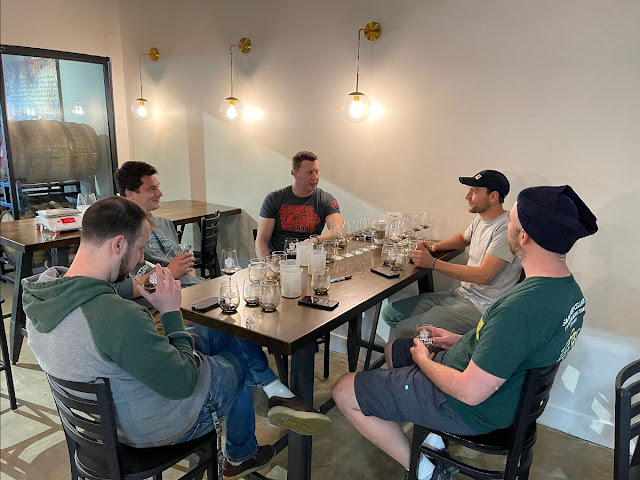
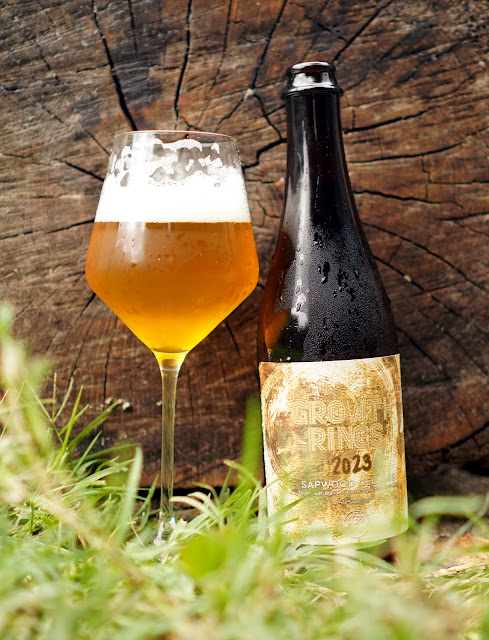
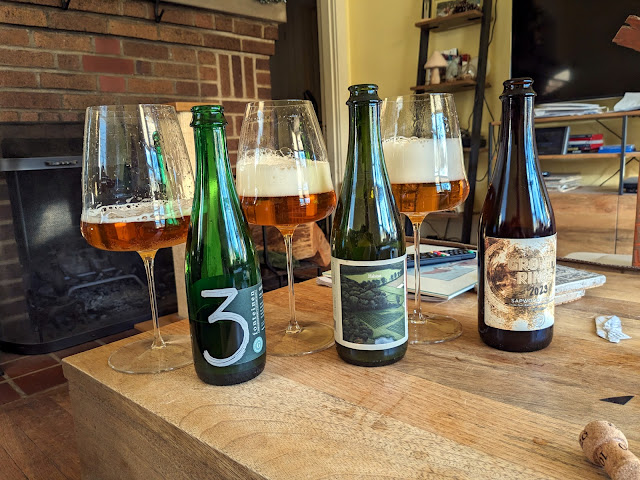


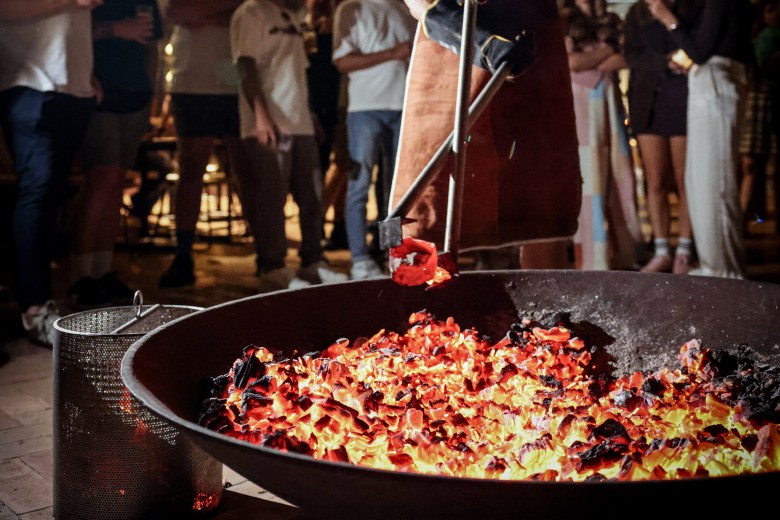 The annual event honours ancient stone brewing traditions while crafting the limited-release Stone Beer.
The annual event honours ancient stone brewing traditions while crafting the limited-release Stone Beer. 
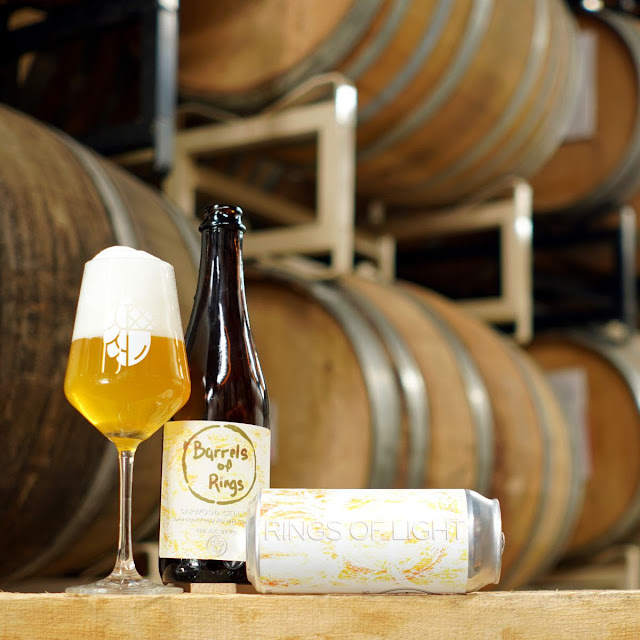
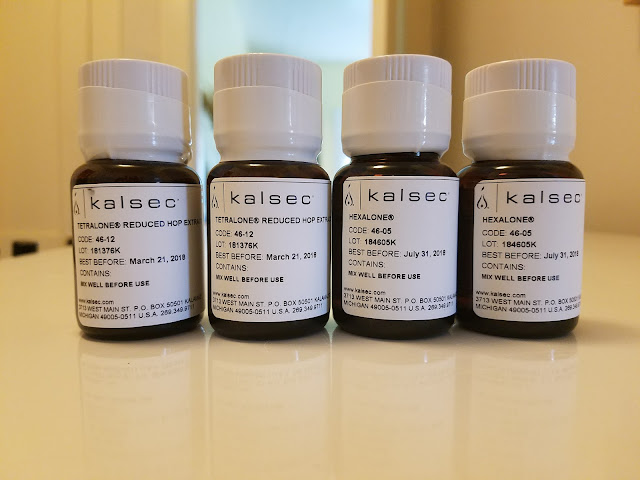
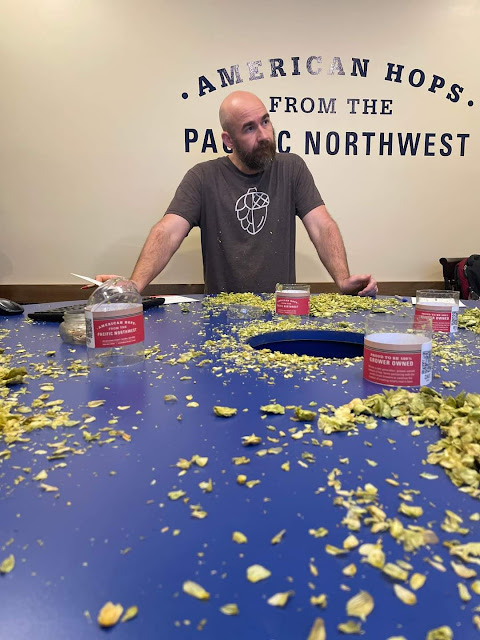
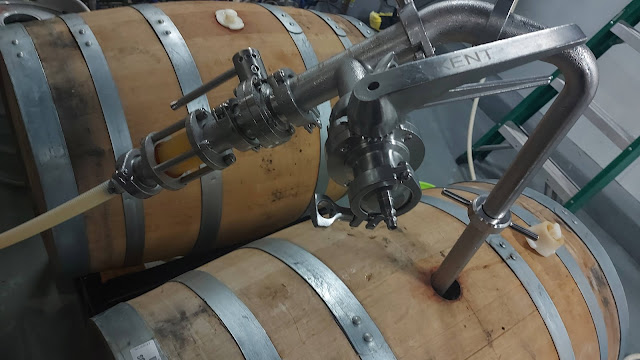
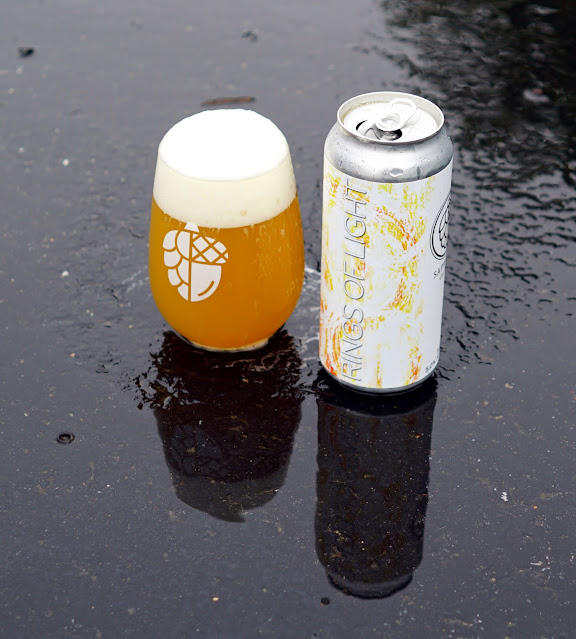
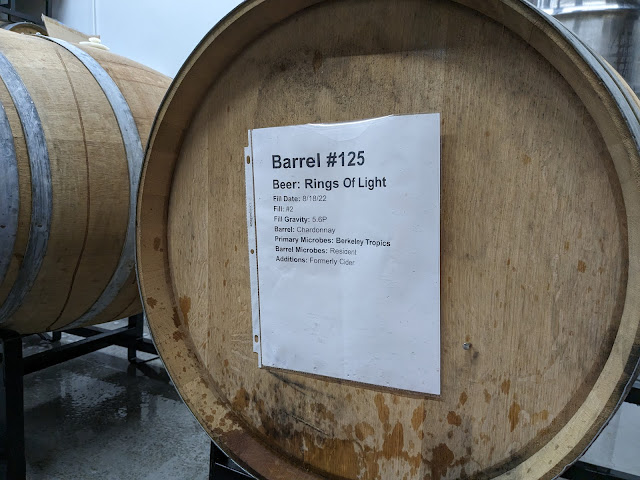
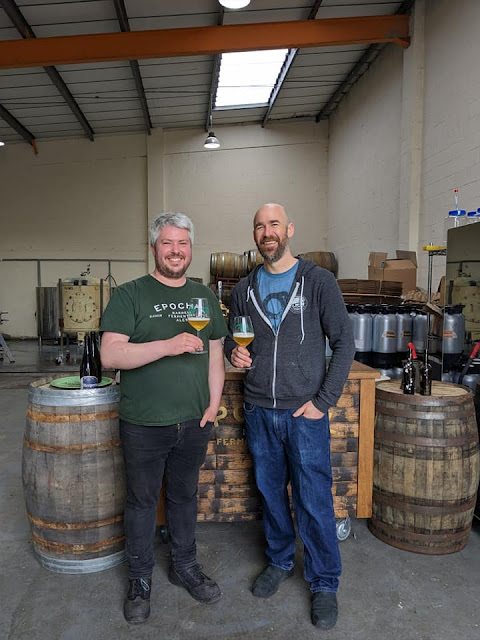

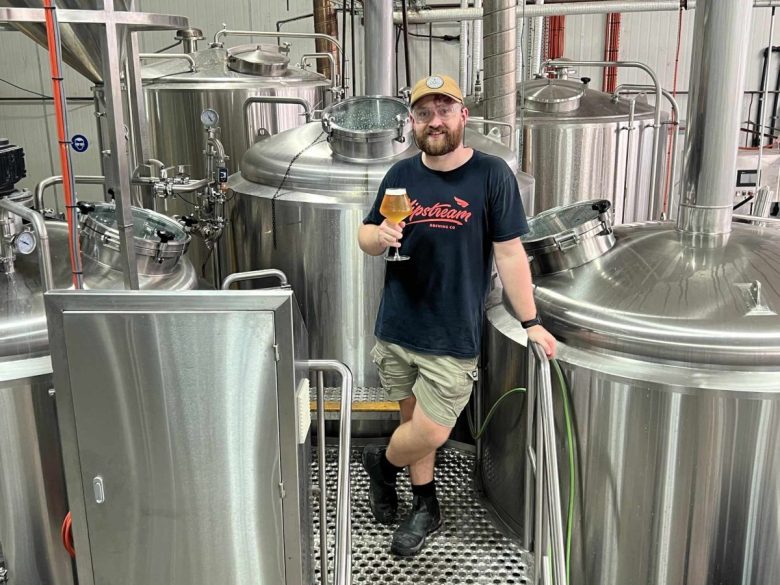 2024 Queensland Royal Emerging Queensland Brewer Daniel Thomsen on his dedication to learning and his work at Slipstream Brewing.
2024 Queensland Royal Emerging Queensland Brewer Daniel Thomsen on his dedication to learning and his work at Slipstream Brewing. 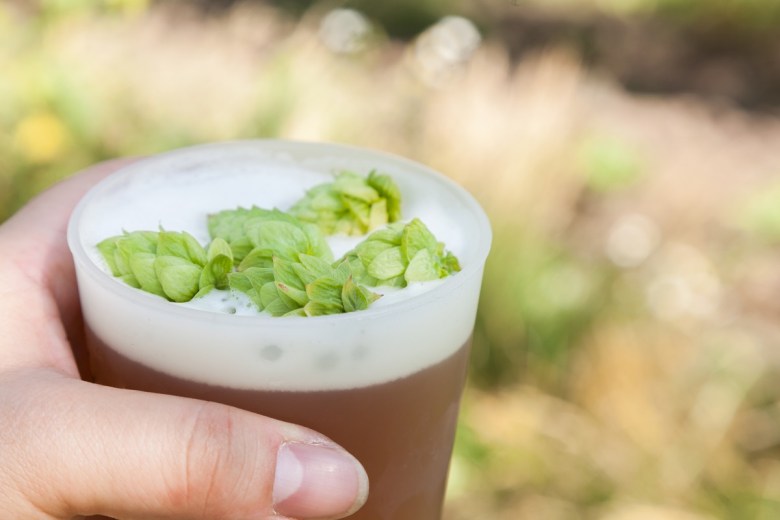 Breweries from across the country are celebrating the annual Australian hop harvest with hop festivals and fresh brews.
Breweries from across the country are celebrating the annual Australian hop harvest with hop festivals and fresh brews. 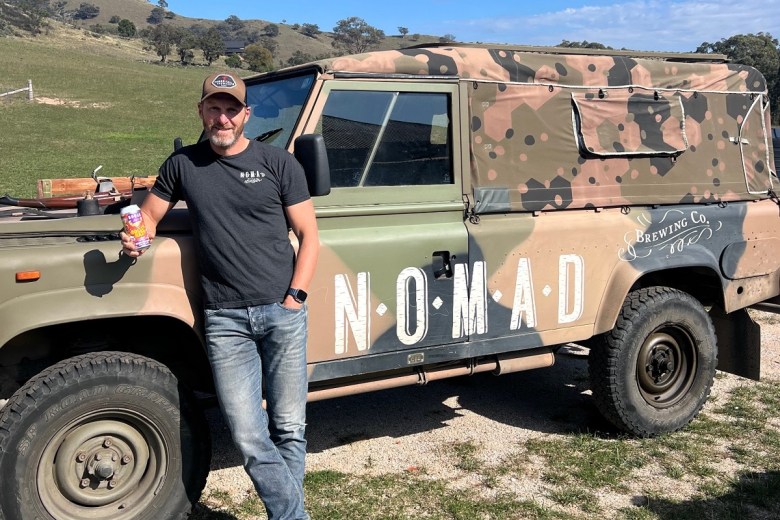 Kerrie Abba and Johnny Latta have put Nomad Brewing Co up for sale just shy of the Northern Beaches brewery's 10th anniversary.
Kerrie Abba and Johnny Latta have put Nomad Brewing Co up for sale just shy of the Northern Beaches brewery's 10th anniversary. 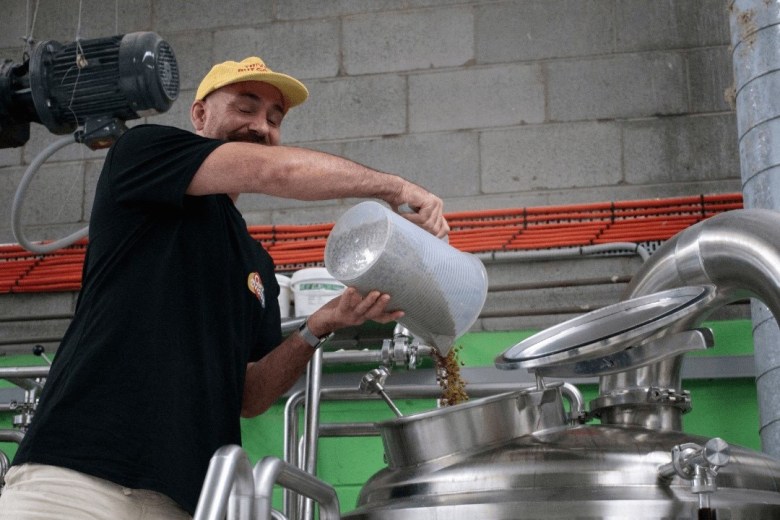 The Australian trivia company is celebrating its 20th anniversary by partnering with craft brewers for a series of uniquely-flavoured beers.
The Australian trivia company is celebrating its 20th anniversary by partnering with craft brewers for a series of uniquely-flavoured beers.